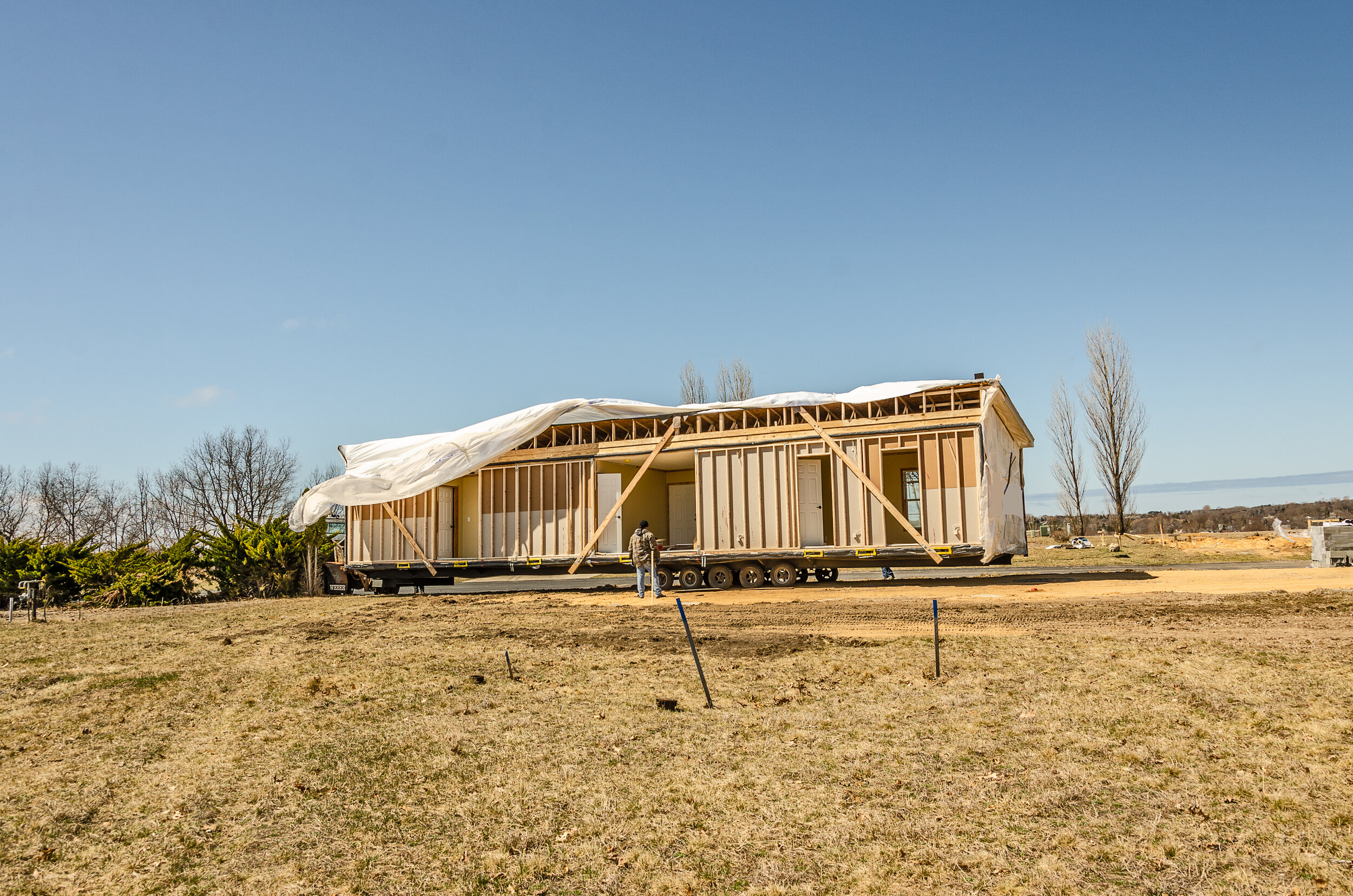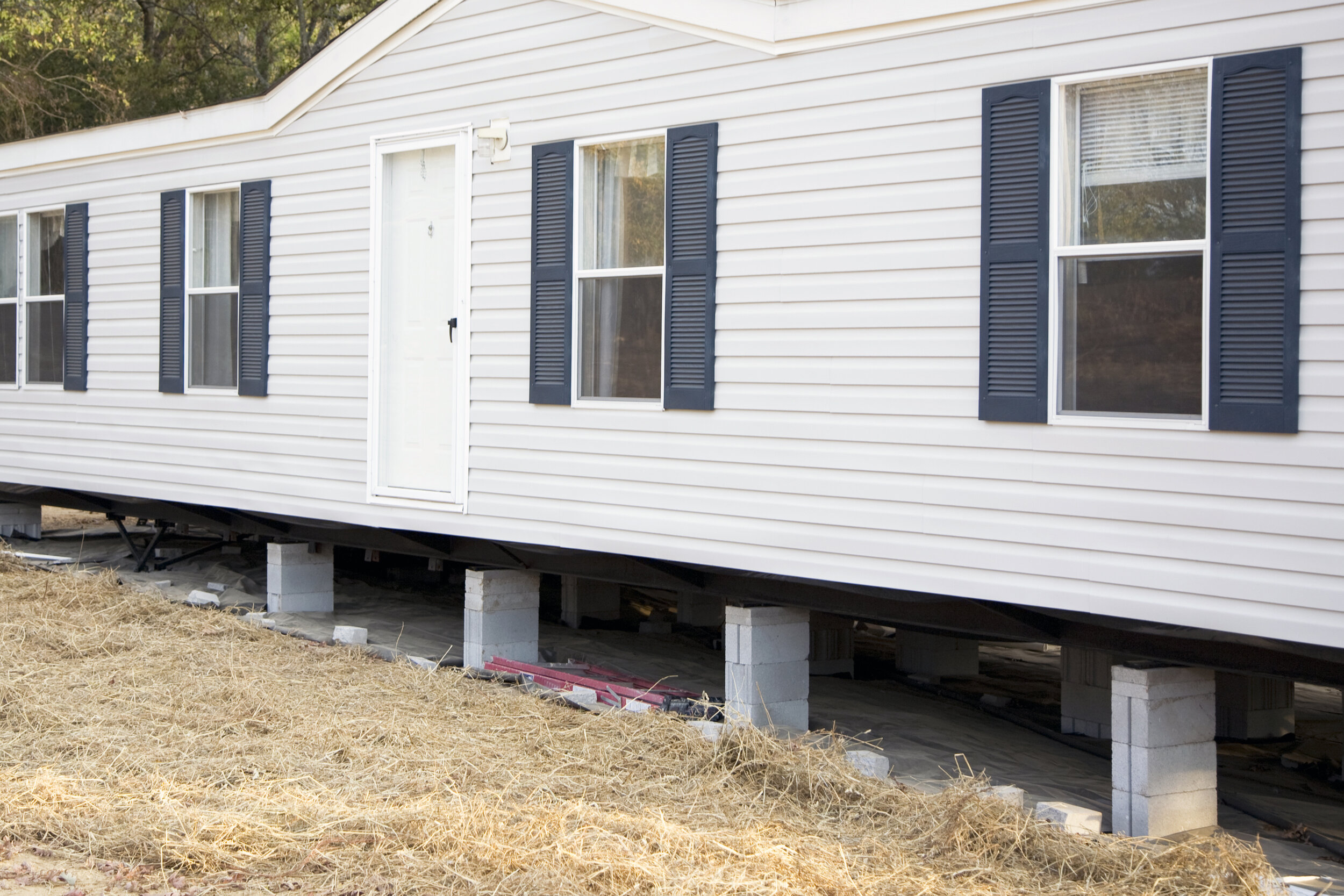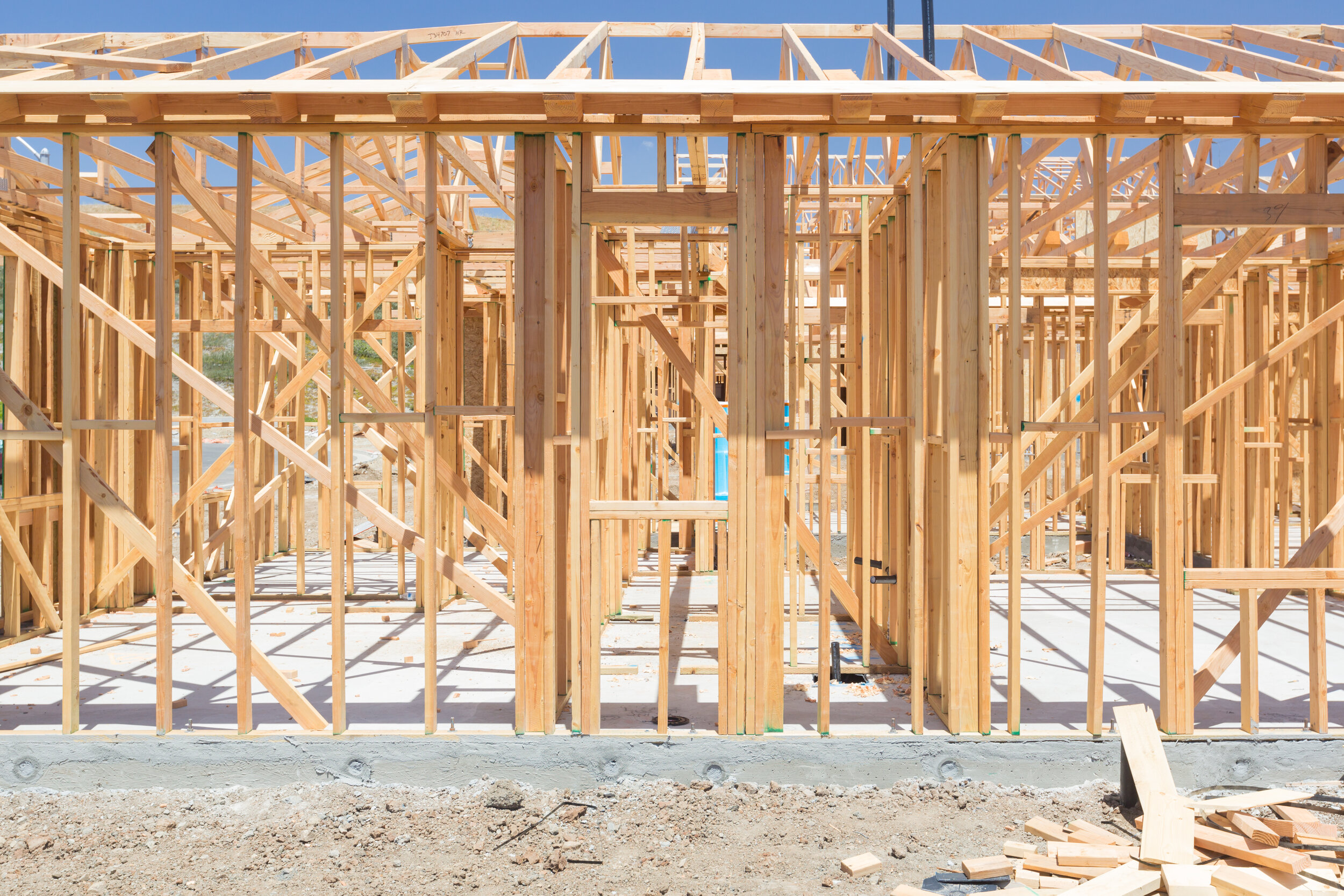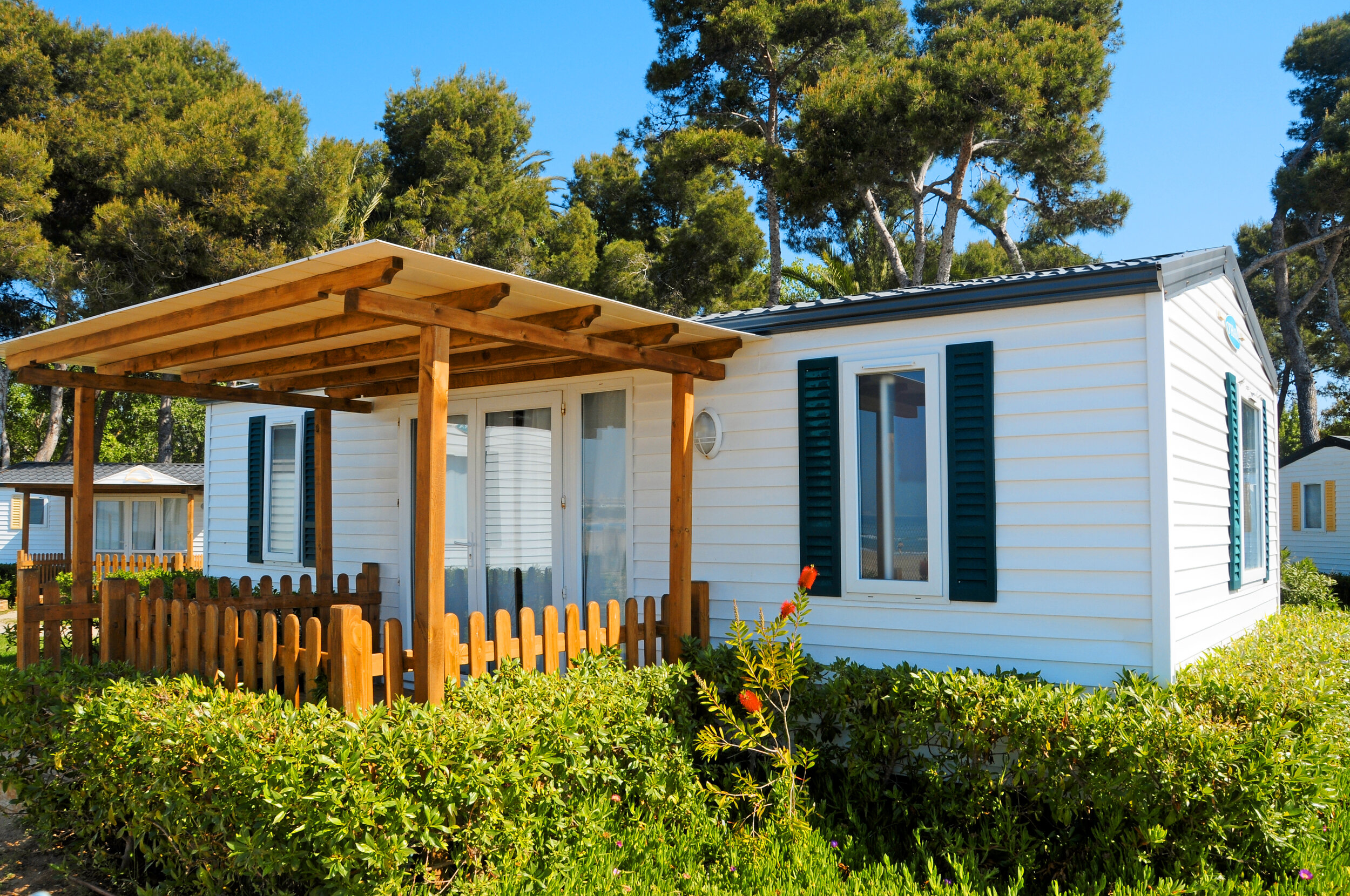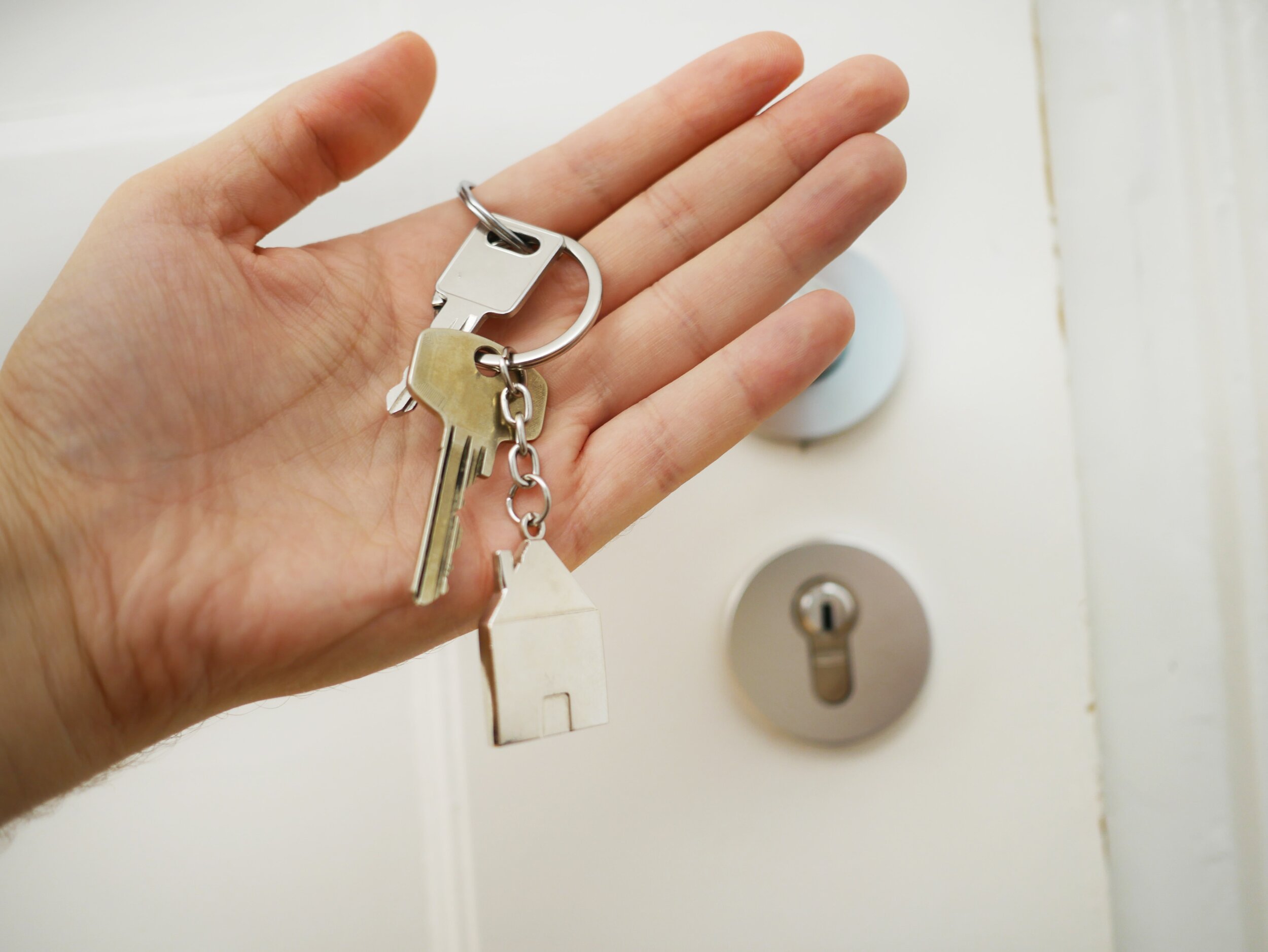What Is A Manufactured Home?
/What Is A Manufactured Home?
Disclaimer: As an Amazon Associate I earn from qualifying purchases. There are affiliate links in this post. This means that at no cost to you, I will receive a commission if you purchase through my link. I will only ever promote the products and services that I trust and 100% recommend. You may read my full disclosure policy for more information. Thank you for supporting my business in this way.
So, what is a manufactured home? How did these homes come about? And should you live in one?
Affordable, customizable, and low-maintenance. These aren’t usually the words that come to mind when you think about homeownership, but manufactured homes have become increasingly attractive for those exact reasons. Made in a factory, parts for manufactured homes are quickly assembled, and they drastically reduce the cost of homeownership while allowing potential buyers greater flexibility over the design of their homes.
A Short History of Manufactured Homes
The term “manufactured home” is a fairly recent one, dating only as far back as the 1970s. But the concept of a prefabricated or mobile home has been around for decades. The first mobile homes looked a lot like the modern-day travel trailer. In the States, they can be traced back as far as the 1870s where they were built in North Carolina and constructed to be pulled by horses.
By 1926, mobile homes started to morph into the modern look we think of today. Known as Trailer Coaches, they were designed to be moved by automobiles. By the 1940s, traditional housing was in short supply and mobile homes started to rise in popularity. World War 2 had just ended, and the baby boom was just getting started. Housing became more scarce and expensive, and these affordable yet cozy homes on wheels grew in demand. By the 1960s, 2-section mobile homes — constructed on top of a chassis with wheels so they could be moved about freely — were in demand.
The concept of a manufactured home came into existence in 1976, thanks to the National Manufacturing Housing Construction and Safety Act of 1974. Conceptually, these homes were no different than their trailer & mobile home predecessors. But the Safety Act, passed by the U.S. Department of Housing and Urban Development (HUD), established new guidelines to ensure that these homes would be safe, affordable, and durable. The homes steadily grew in popularity until the 2000s, when subprime loans began to make home-buying accessible to borrowers with damaged credit. The manufactured home market began to decline. But the decline was short-lived. Shipments have been steadily rising since 2009 according to the US Census Bureau.
What is a Manufactured Home, Exactly?
Manufactured homes are built in factories. The parts are usually mass-produced and then assembled on the job site, making these homes are much more affordable than traditional homes. Their construction is highly regulated by the US Department of Housing and Urban Development (HUD). Unlike mobile homes, they are usually installed on a permanent foundation.
Benefits and Features
Thanks to lower utility costs and ease of maintenance, manufactured homes boast a smaller carbon footprint than traditionally constructed homes. And the homes just cost less in general. According to the latest data from the U.S. Census Bureau, manufactured homes cost about 50% of the price per square foot of conventional “stick-built” homes in the U.S.
However, the cost isn’t the only thing going for them. Manufactured homes are attractive for aesthetic reasons, too. Many designs boast contemporary, open concept floor plans, high-end kitchens, and luxurious bathrooms. Buyers can choose between literally a considerable number of different designs, or create their own design altogether. Depending on your needs, you can add on optional additional features, such as a two-car garage, large deck for grilling, a wrap-around front porch, storage shed, etc.
A Highly Regulated Industry
Buyers of manufactured homes can rest at ease knowing that their home is held to strict standards. HUD’s 1976 act outlined specific regulations for the construction, design, and performance of manufactured homes. Homes must be at least 320 square feet large and built on a permanent chassis.
Each section of the home is required to pass certain safety inspections to obtain a certification label. The law requires manufactured homes to adhere to particular plumbing, electric, fire safety, and other standards for the safety of residents.
The Difference Between a Manufactured and a Mobile Home
Both types of homes are built in a factory on top of a chassis. However, mobile homes are built on wheels so they can be moved after construction. Manufactured homes are typically not built to be moved. Instead, they’re constructed on a permanent steel chassis.
The main difference between these two types of housing is the date they were created. Manufactured homes are simply a later iteration of mobile homes. Any home built in a factory before June 15, 1976, is federally labeled by HUD as a mobile home. Any home built after that date is considered a manufactured home. Because of this, manufactured homes must adhere to a strict set of regulations. Many mortgage lenders will only insure mortgages on mobile homes if they are purchased with land.
How to Buy a Manufactured Home
Start by thinking about where you want to live. Do you plan to put the home on your own property? Will you be leasing the land yourself or placing it in a manufactured home community? This will help you make decisions about the size and style of your home.
When you’re ready to buy, look for manufactured home retailers in your area. You can work with them to either design your own home or purchase an existing model. According to Construction Coverage, as of 2019 manufactured housing is rapidly increasing in several states across the US, specifically Nebraska, Massachusetts, New Mexico, New Jersey, and Pennsylvania.
One of the largest obstacles to buying a manufactured home is qualifying for financing. To qualify for traditional FHA-insured financing, you must have a place to put the manufactured home. You don’t necessarily need to own the land: leasing is acceptable under certain restrictions.
Should I Buy a Manufactured Home?
Now that you know about all the benefits and features of manufactured homes, you may be wondering whether this type of home is right for you. The short answer is that it depends on your situation, priorities, and needs.
Manufactured homes give homebuyers a great deal of design flexibility. You have lots of freedom to create the home of your dreams — and because the homes usually have spacious floor plans, they’re a perfect alternative to tiny houses. It can be difficult to get financing from a traditional lender, and in most cases, you will have to purchase land separately. However, this inconvenience is often offset by the fact that manufactured homes are extremely affordable because they are mass-produced.
As with any decision about homeownership, it’s important to do your due diligence, compare your options, and look at multiple home builders before you decide on the one for you.
I hope you found this article helpful defining what is a manufactured home, along with the potential benefits and downsides.
If you have any questions please feel free to leave them in the comments below.
Brandon Hubbard, AIA, NCARB, LEED AP BD+C
